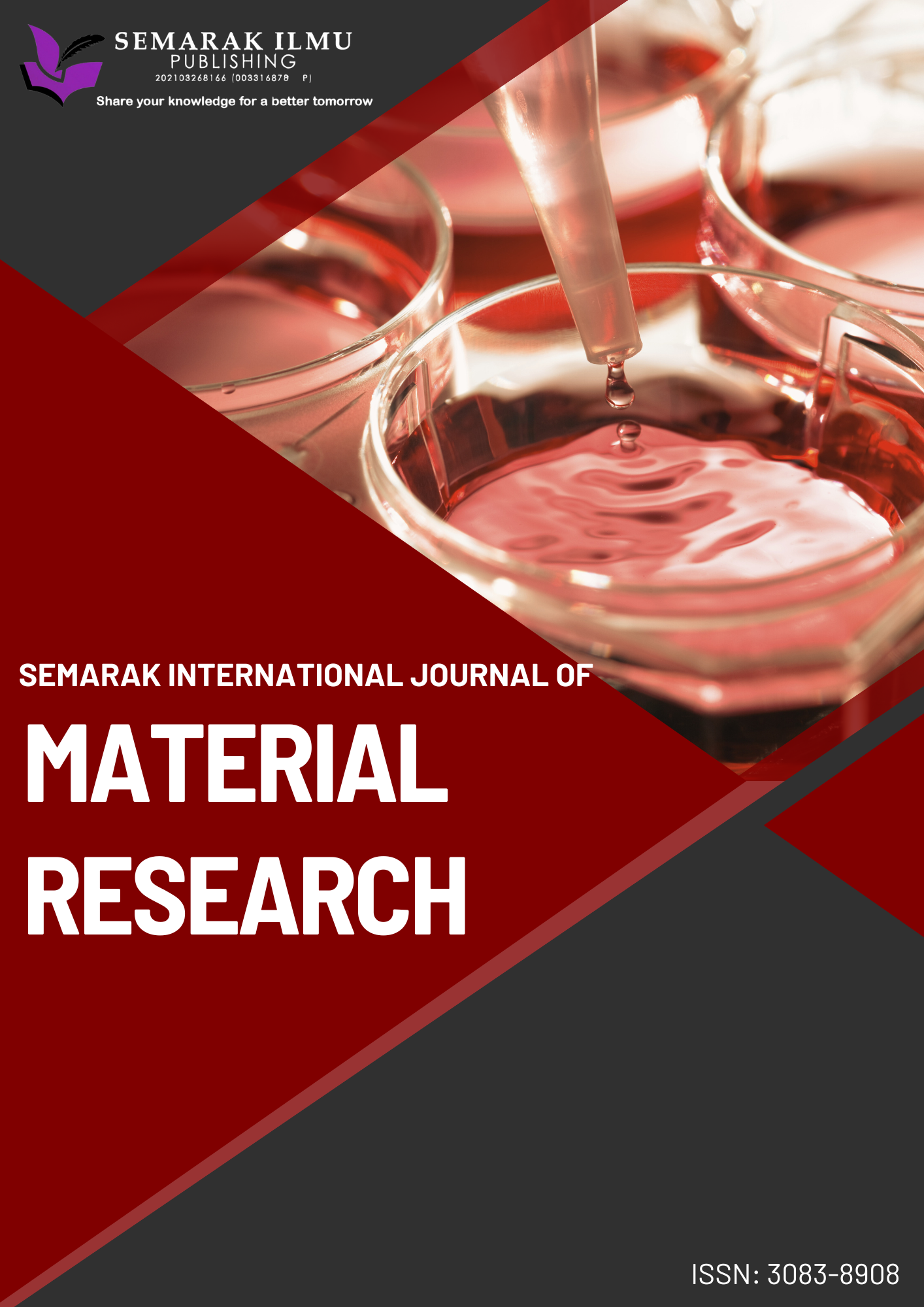Fe/Zeolite Beads: An Innovative Strategy for Photocatalytic Degradation of N-Methyl-2-Pyrrolidone
Keywords:
Magnetic zeolite bead, N-methyl-2-pyrrolidone, photocatalytic, visible light, wastewaterAbstract
The widespread occurrence of N-methyl-2-pyrrolidone (NMP) in industrial effluents presents a notable environmental concern, primarily due to its persistent nature, toxicity, and resistance to conventional treatment techniques. This study explores the development and application of an innovative Fe/Zeolite bead catalyst designed for the effective photocatalytic degradation of NMP under visible light. The catalyst beads were produced by embedding Fe/Zeolite into a sodium alginate matrix, followed by crosslinking with epichlorohydrin to enhance their structural durability, hydrophilic properties, and mechanical integrity. Photocatalytic efficiency was examined under a range of operational parameters, including pH (3–11), catalyst loading (20–100 g L⁻¹), and initial NMP concentrations (20–100 mg L⁻¹). The optimal degradation conditions were identified at pH 7 with a catalyst dosage of 40 g L⁻¹ and an NMP concentration of 20 mg L⁻¹, achieving a maximum removal efficiency of 83.28% after 120 minutes of visible light irradiation. Kinetic analysis confirmed that the photodegradation process adhered to pseudo-first-order kinetics, consistent with the Langmuir–Hinshelwood model. The reaction exhibited favourable kinetic parameters, indicating an effective interplay between adsorption affinity and surface reaction efficiency, with a reaction rate constant (KR) of 0.776 mg L⁻¹ h⁻¹ and a Langmuir–Hinshelwood adsorption constant (KLH) of 0.026 L mg⁻¹. The catalyst beads demonstrated strong reusability, magnetic separability, and structural resilience, indicating their suitability for practical wastewater treatment applications. Overall, this work highlights the potential of magnetically recoverable Fe/Zeolite beads as a low-cost and sustainable solution for the elimination of organic contaminants from industrial wastewater streams









